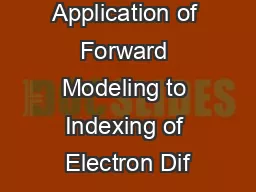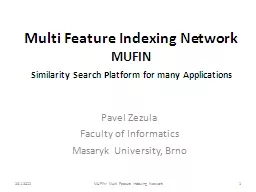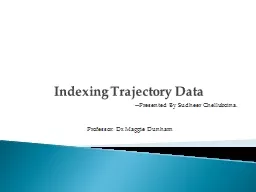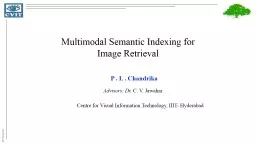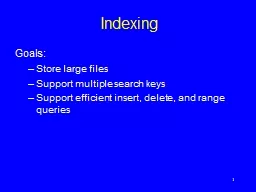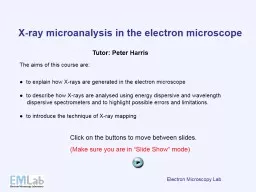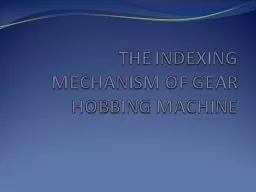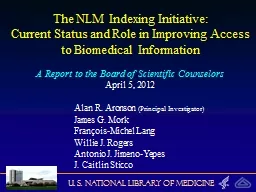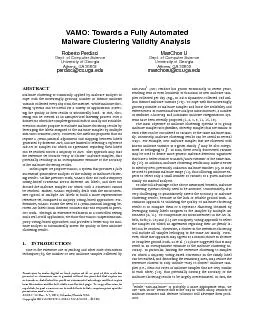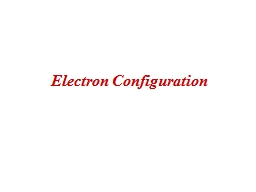PPT-Application of Forward Modeling to Indexing of Electron Dif
Author : alexa-scheidler | Published Date : 2016-06-21
August 18 th 201 5 Carnegie Mellon University Pittsburgh MURI Meeting 2015 Saransh Singh Marc De Graef 2 Outline Introduction to Forward Models in Electron
Presentation Embed Code
Download Presentation
Download Presentation The PPT/PDF document "Application of Forward Modeling to Index..." is the property of its rightful owner. Permission is granted to download and print the materials on this website for personal, non-commercial use only, and to display it on your personal computer provided you do not modify the materials and that you retain all copyright notices contained in the materials. By downloading content from our website, you accept the terms of this agreement.
Application of Forward Modeling to Indexing of Electron Dif: Transcript
Download Rules Of Document
"Application of Forward Modeling to Indexing of Electron Dif"The content belongs to its owner. You may download and print it for personal use, without modification, and keep all copyright notices. By downloading, you agree to these terms.
Related Documents

